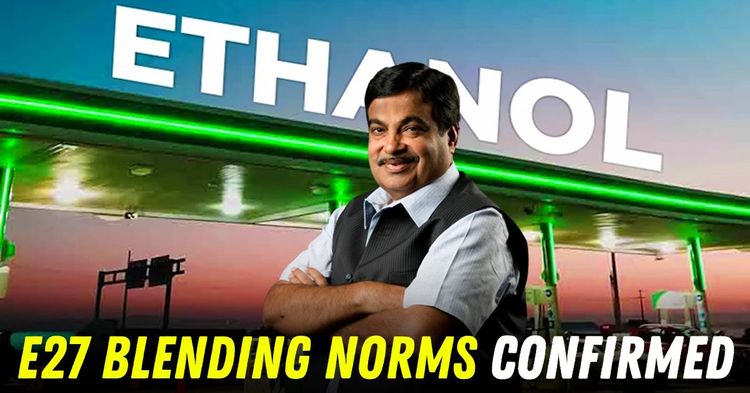Inside Mahindra's Plans To Handle E30 (30 % Ethanol) Petrol: Flex Fuel Petrol Engines


Mahindra & Mahindra is intensifying development of flex-fuel engines capable of operating on E30 ethanol blends and beyond, anticipating forthcoming regulatory mandates that raise ethanol content in petrol to 30 per cent by 2030. This initiative addresses material compatibility, combustion optimisation and durability challenges posed by ethanol's unique chemical properties.

Under the E20 mandate effective April 2023, all new vehicles must tolerate petrol blended with 20 per cent ethanol. Transitioning to E30, however, requires extensive modifications. Ethanol's corrosiveness demands materials such as stainless steel fuel rails, anodised aluminium injector bodies and specialized polymers for hoses and seals. Mahindra's R&D team has validated over 50 ethanol-resistant elastomers to replace conventional components against accelerated aging tests.

Cold-start improvement is critical since ethanol vapourises at higher temperatures than petrol. Mahindra integrates heated fuel rails that maintain incoming fuel at optimal temperatures in sub-20 °C conditions, ensuring reliable ignition.
Electronic ethanol-content sensors in the fuel line relay blend data to the engine control unit, which then dynamically adjusts injection timing, ignition advance and injector pulse width for ideal combustion across blends from E20 to E85.

At the 2024 Bharat Mobility Expo, Mahindra showcased a flex-fuel version of the XUV300 featuring the 1.2-litre turbo-petrol engine. The prototype demonstrated consistent 110 bhp and 200 Nm outputs on E20, E30 and E85, preserving performance across the board. Mahindra's tests included over 2,00,000 km durability cycles using E30, alongside thermal-cycling exposure and fuel contamination trials to ensure system resilience.
Engine control strategies incorporate closed-loop lambda sensing with a wide-band O2 sensor, enabling precise air-fuel ratio control despite fluctuating ethanol percentages.
Additional modifications include higher-capacity fuel pumps and ethanol-proof coatings on injectors to prevent swelling and maintain spray patterns. Software calibrations optimise combustion for maximum thermal efficiency, mitigating ethanol's lower energy density that typically reduces fuel economy by 15–30 per cent.
Manufacturing costs will rise due to premium materials and advanced sensors, but Mahindra forecasts scale-economies as ethanol blending norms tighten. Government incentives for biofuel adoption, including tax credits and production subsidies, may offset incremental costs. Export opportunities exist in Latin America and Brazil, where E30 and higher blends are common, allowing Mahindra to leverage this technology for right-hand-drive markets.

India's National Biofuels Policy targets 20 per cent ethanol blending by 2025, with discussions already under way to mandate E30 by 2030. Oil marketing companies are investing in dehydration plants to supply an estimated 1,000 million litres of ethanol annually, demanding compliant vehicles for large-scale roll-out.
Beyond hardware, Mahindra is developing an integrated flex-fuel ecosystem. This includes onboard diagnostics flags that alert service centres to ethanol system maintenance needs, and driver dashboards displaying real-time fuel composition data.
Educational materials will accompany vehicle handovers to inform consumers about ethanol's environmental benefits - up to 70 per cent reduction in lifecycle CO₂ emissions compared with conventional petrol.